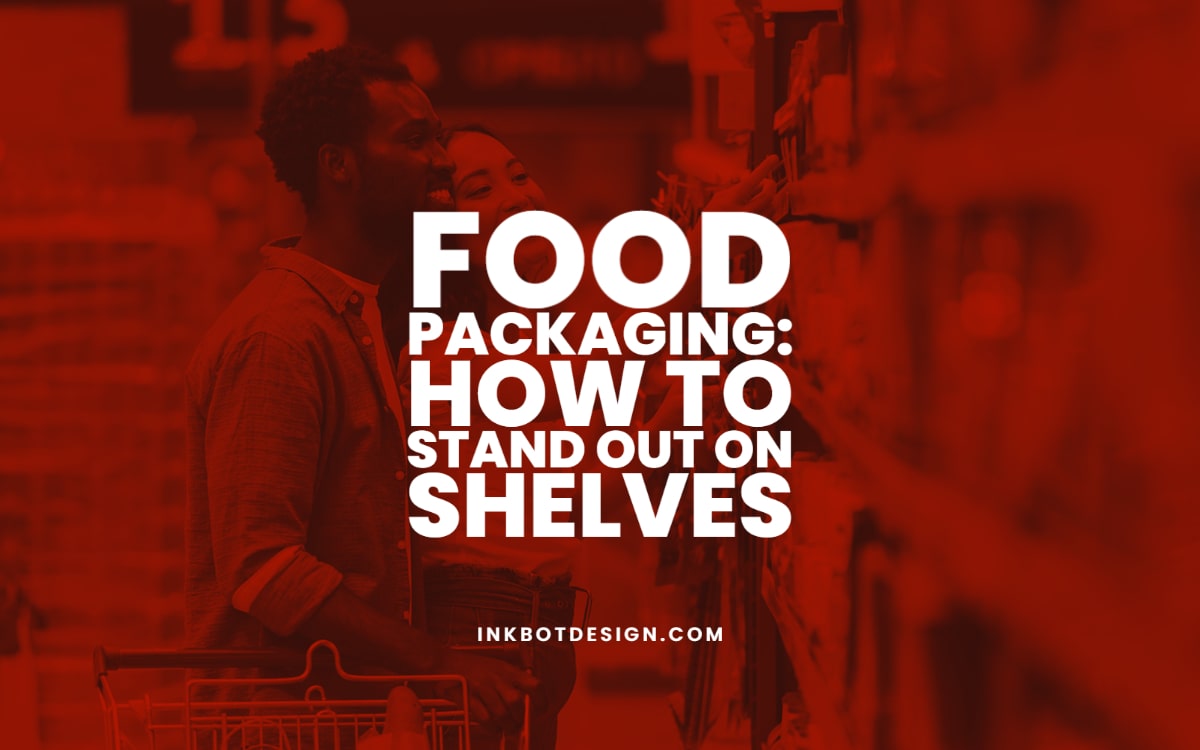In today's fast-paced world, food packaging has become an essential part of the food industry. It is crucial in protecting food from contamination, preserving its quality, ensuring its freshness and safe delivery to consumers. It also has an impact on the environment and plays a vital role in sustainable food production.

Food packaging refers to the materials used to wrap or contain food products. It can be made from a variety of materials such as plastic, paper, metal, and glass. The choice of packaging materials depends on factors such as the type of food being packaged, storage and transportation conditions, and consumer preferences.
Protection and Safety
The primary role of food packaging is to protect food from external factors, such as air, water, and pests that can lead to spoilage and contamination. Packaging materials are designed to resist moisture, light, and oxygen, which can all degrade food quality. Additionally, packaging helps to protect food from physical damage and tampering during transportation, handling, and storage.
Food packaging also plays an essential role in ensuring food safety. It can help prevent the growth of harmful bacteria, viruses, and other microorganisms that can cause illnesses. Proper food packaging and storage can also reduce the risk of cross-contamination, which occurs when bacteria from one type of food spreads to another.
Preservation and Freshness
Food packaging helps to preserve food quality and extend its shelf life. Packaging techniques such as vacuum sealing, modified atmosphere packaging, and aseptic packaging help to keep food fresh for longer periods.
Many food products, such as fresh fruits and vegetables, seafood, dairy products, and meats, are perishable and require special packaging to maintain their quality. For example, fresh produce is often packaged in breathable net bags, while meats and fish are vacuum-sealed to preserve freshness.
Consumer Information
Food packaging provides consumers with essential information about the food product they are purchasing. This information includes the product name, ingredients, nutritional information, allergens, and the expiry date.
Packaging also helps to build the brand identity of a product. Packaging design, color, and shape can influence consumer perceptions and their decision to purchase a product.
Sustainability and Environment
Packaging waste and its impact on the environment is a growing concern. Many food packaging materials are non-biodegradable and take years to decompose, contributing to landfill waste.
The food industry is adopting sustainable packaging practices to reduce the environmental impact of packaging waste. Many companies are exploring alternative packaging materials such as bioplastics, paper-based packaging, and reusable containers.
Conclusion
Food packaging plays a crucial role in the food industry. It protects food from contamination, ensures its safety, and preserves its freshness. Packaging also provides essential consumer information and helps to build brand identity.
As the food industry continues to grow, it is vital to adopt sustainable packaging practices to reduce the impact of packaging waste on the environment. With the right packaging materials and techniques, food producers can ensure that their products are safe, fresh, and environmentally friendly.